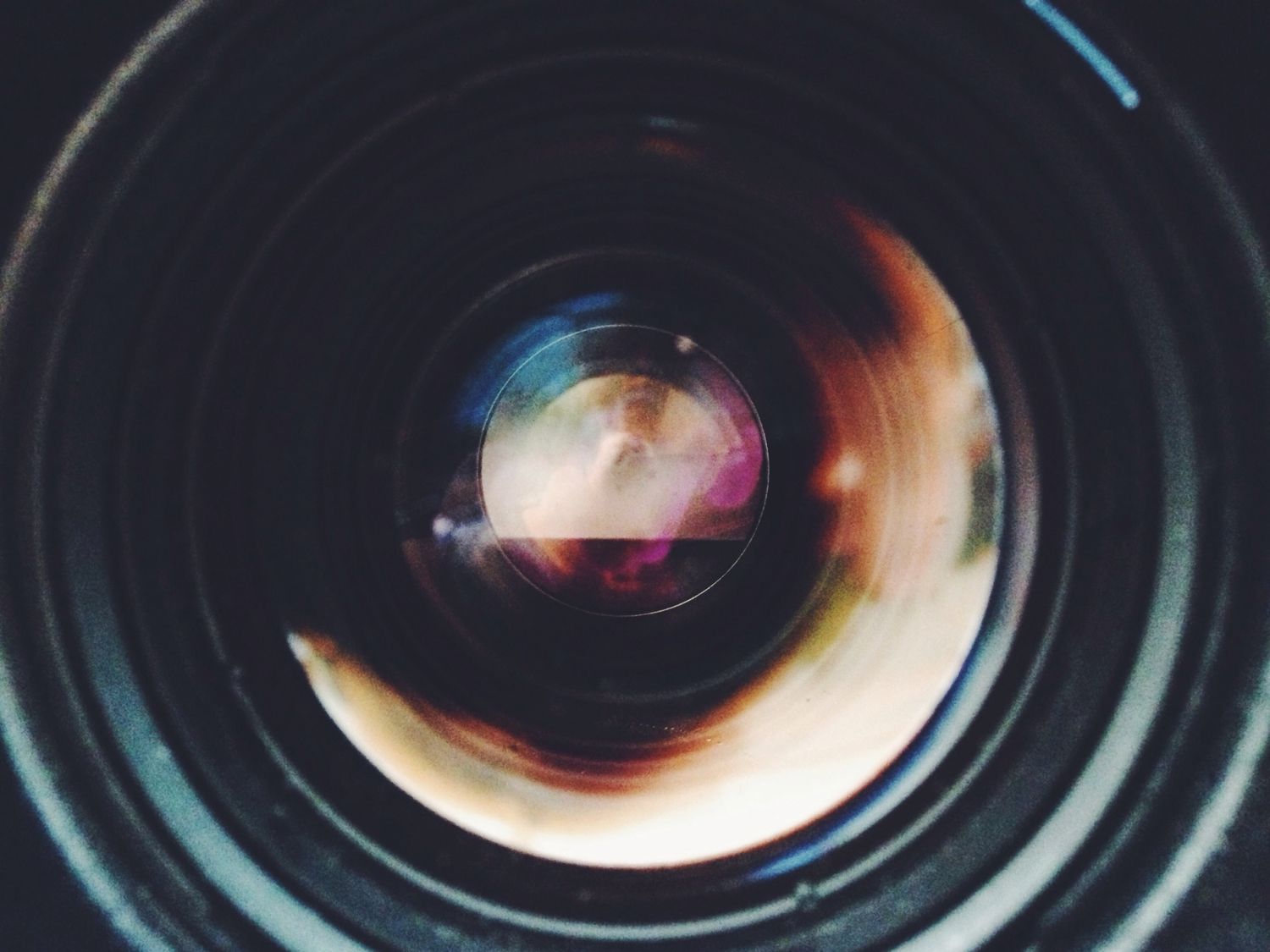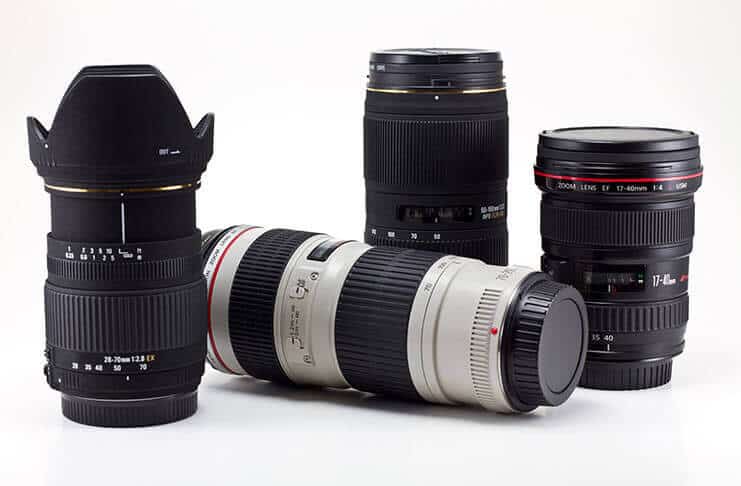Exploring Lenses: Understanding the Inner Workings of a Camera Lens
Introduction
Fitness, nutrition and overall health, all three goes hand in hand, and all are equally important in maintaining a wholesome lifestyle. The focus is specifically on fitness, but it is imperative to understand that without proper nutrition and regular health check-ups, staying fit and active won't be sustainable. This article explains how these elements are intertwined, showcasing the necessity of their balance in our daily lives.
What is a Camera Lens?
Will you permit an analogy? If yes, then imagine your camera being a fascinating, complicated version of a human eye. Here, the camera lens is its retina. It is essentially an assembly of several lenses or an individual optical lens that works together with a camera body. Their combined effort captures and focuses the light, and the result – a sharply detailed image recorded on the photographic film or the camera sensor. It’s notable that the image's overall appearance hangs upon the lens since it controls aspects such as:
- Lighting: The amount and direction of light.
- Depth: The level of detail in the image.
- Sharpness: The clarity and focus of the image.
- View: The field covered by the lens.
Ultimately, a clear understanding of camera lenses paves the path for those enthusiasts seeking to master the art and science of photography.
What Defines the Basic Structure of a Camera Lens?
The structure of a camera lens is complex, composed of several vital components that work together to create striking and clear images. Here are the primary parts that makeup a camera lens:
- Lens Mount: This part is responsible for affixing the lens to the camera body. A significant aspect about the lens mount is that it ensures a proper, unbroken, and dust-free bond between the lens and the camera.
- Lens Elements: The heart and soul of any lens are the lens elements. These are individual portions of glass or occasionally plastic, located within the lens casing. Their primary function is to capture and refract light, subsequently producing an image.
- Aperture: Acting as a gateway into the universe of photography, the aperture is a small opening in the lens that administers the flow of light. The amount of light that enters the camera body is regulated by a series of blades that widen or narrow to adjust the aperture.
Understanding these elements' functionality gives photographers leverage over their device, bridging the gap between novice and professional photography.
How Do the Glass Elements Impact the Image Quality?
The use of glass elements within a camera lens significantly dictates the produced image's standard of quality. These glass elements work systemically to manipulate and govern light entering the camera lens.
Let's delve into the fascinating world of lens elements and decode how they leave an indelible impact on photography:
• Gathering and Focusing Light: Each individual lens element has a particular function. Some help gather light, while others direct this light onto the sensor in the camera's body. They collectively play a pivotal role in ensuring image sharpness and clarity.
• Better the Count, Higher the Quality: Quality lenses typically encase a greater number of lens elements. This factor improves their ability to correct errors and aberrations that may occur due to the refraction of light. However, this also means that these lenses are generally hefty and come with an upgraded price tag.
• Do Coatings Matter?: Most high-end lenses have individual elements coated with a thin layer of a particular compound. The purpose of these coatings is to minimize reflections within the lens and handle other possible optical issues such as flare and ghosting. Coatings can influence the vibrancy and contrast of your images significantly.
• Tradeoffs on Size, Price, and Weight: While packing a lens with elements yields superior image quality, it also has inevitable tradeoffs. More lens elements mean bigger, bulkier, and heavier lenses, which can be impractical for some photographers. The manufacturing complexity and specialized glass used for these elements also contribute to the often steep prices of high-quality lenses.
To sum it up, lens elements are a significant part of the lens design process, each contributing to the final image captured. Their count, coating, and quality all produce a tangible impact on using the camera lens and the resultant image quality. Therefore, having an understanding of lens elements becomes instrumental in distinguishing between different lenses and making an informed choice.
What is the Role of Aperture in a Camera Lens?
Aperture, a significant feature in a camera lens, operates similarly to the pupil in a human eye. It is a diaphragm nestled within the lens responsible for controlling the amount of light that gets to the camera's sensor. Here's an in-depth understanding in around 300 words.
* Understanding Aperture:
Aperture is denoted by f-numbers or f-stops on your camera. It might sound counter-intuitive but, lower values represent a larger aperture that allows more light and conversely, higher values represent a smaller aperture, thereby allowing less light.
* Mastering The Concept of Depth of Field:
One crucial aspect of understanding aperture is grasping the concept of 'Depth of Field.' With a small f-number (larger aperture), you will get a shallow depth of field, which means only your main subject will be in sharp focus, and the background will be blurry. This effect is excellent for portraits or wildlife photography, where you would want to isolate your subject from the background.
On the other hand, a large f-number (smaller aperture) gives you a greater depth of field. This setting is useful in landscape photography or any scenario where you would want both the foreground and background to be in sharp focus.
* Illuminating Picture Brightness:
The choice of aperture also affects the overall brightness of your picture. While a larger aperture allows more light in which results in a brighter image, a smaller aperture does the exact opposite.
* Aperture and the Lens “Speed”:
Lenses with larger maximum apertures are often termed fast lenses since they can pass more light onto the sensor, allowing for quicker shutter speeds. These are particularly useful in low light conditions.
In conclusion, mastering the role of aperture in a camera lens can enhance your photography skills substantially. By controlling the aperture, you can manipulate the amount of light, depth of field, and picture sharpness, thereby capturing images that are visually gratifying.
How Do Zoom Lenses Function in Comparison with Prime Lenses?
The functionality of camera lenses has two major categories: zoom lenses and prime lenses. These two lenses have different features that serve unique purposes in photography.
1. Zoom Lenses:
A zoom lens is like several lenses in one, offering a range of focal lengths and unmatched versatility. This is handy for situations where you can't move closer or further from your subject.
Benefits of Zoom Lenses:
- *Versatility:* Provides a range of focal lengths within one lens.
- *Flexibility:* Allows you to adjust the framing and composition of your shots without physically moving or changing the lens.
Drawbacks of Zoom Lenses:

- *Image Quality:* Tend to have slightly lesser image quality at equivalent apertures and focal lengths when compared to prime lenses.
- *Aperture:* Usually have smaller maximum apertures, meaning they let in less light.
2. Prime Lenses:
Prime lenses have a fixed focal length, and as a result, they often boast superior image quality over zoom lenses. They are ideal for capturing all the minute details.
Benefits of Prime Lenses:
- *Image Quality:* Generally produce sharper images with more contrast.
- *Aperture:* Tend to have larger maximum apertures, which make them excellent for low-light situations.
Drawbacks of Prime Lenses:
- *Less Versatile:* With a fixed focal length, you may need to switch lenses or physically move to achieve your desired composition.
To choose between a zoom and a prime lens, consider your photography style, what kind of flexibility you need, and in what conditions you'll be shooting most frequently. This detailed comparison will help you select a lens that balances quality, functionality, and personal preference.
Conclusion
Understanding how camera lenses function is essential for improving your photographic prowess. By knowing what happens inside the lens, you can better control how your images will appear and adapt to various shooting conditions. Whether a beginner or a seasoned pro, there's always more to learn as technology evolves and new lens types hit the scene.
Related FAQs about what is is in camera lens
Why Is Understanding the Elements Within a Camera Lens Essential for Better Photography?
Understanding the elements within a camera lens is crucial as they significantly influence the image quality. Elements of a lens dictate how light enters and interacts with the camera, thus affecting factors such as sharpness, lighting, and depth of the final imagery. It situates the photographer to make more informed decisions, optimizing lens use for better photography.
How Does the Aperture Influence the Quality of a Photograph?
The aperture, the adjustable opening in a camera lens, controls the amount of light reaching the camera sensor. It directly impacts the image's brightness and affects the depth of field, impacting the sharpness of the foreground and background. Manipulating the aperture allows photographers to artistically guide the viewer's attention in an image.

What Are the Differences Between Zoom Lenses and Prime Lenses?
Zoom lenses offer a variety of focal lengths within one lens, allowing the flexibility to adjust the composition without moving physically. On the other hand, prime lenses have a fixed focal length, generally providing sharper images and brighter apertures. Choosing between the two depends on your specific requirements and shooting conditions.


